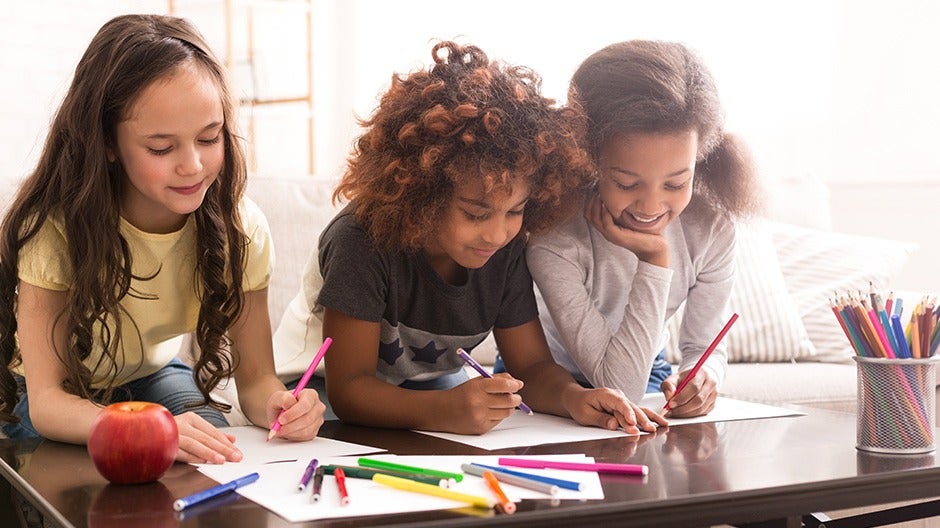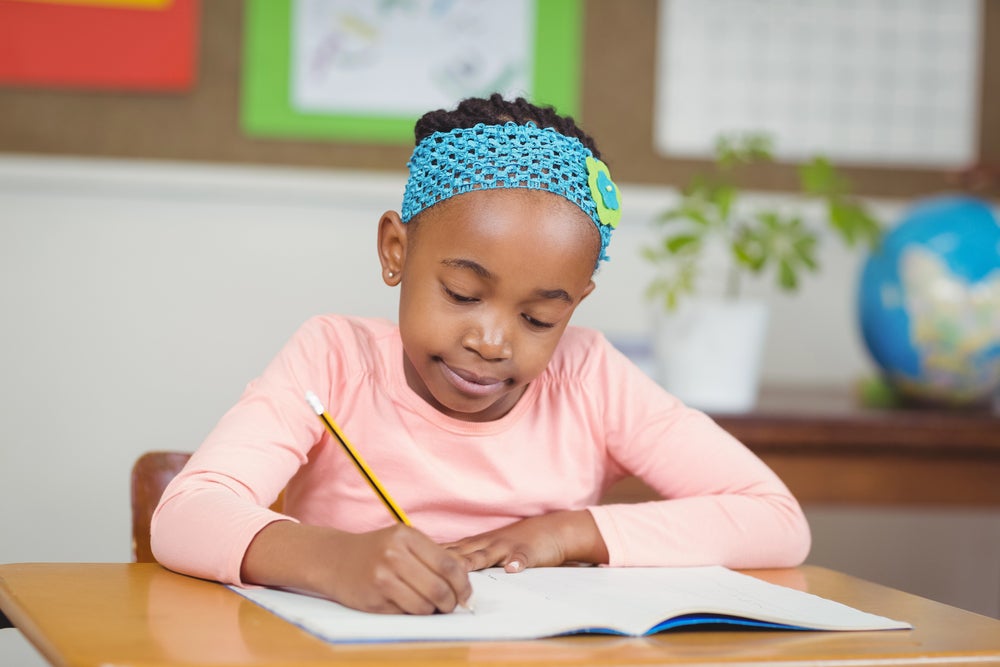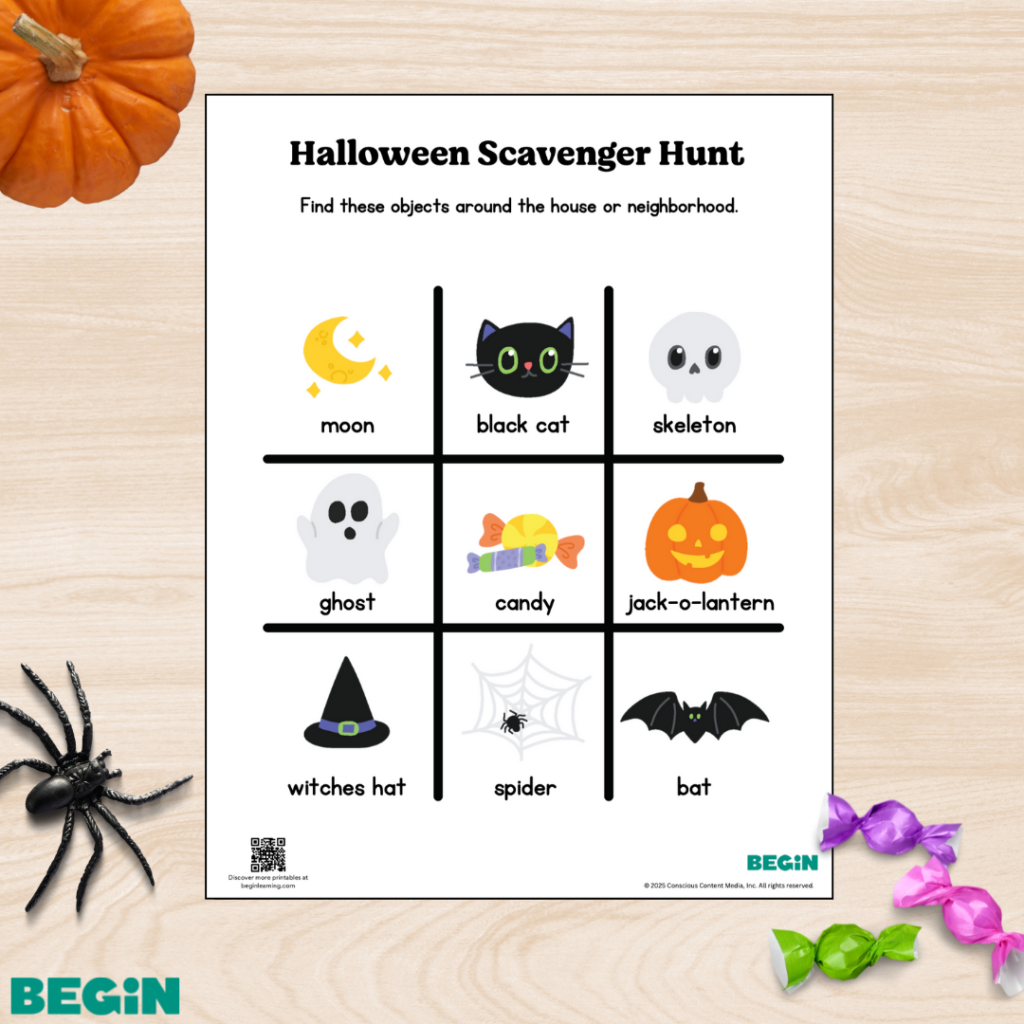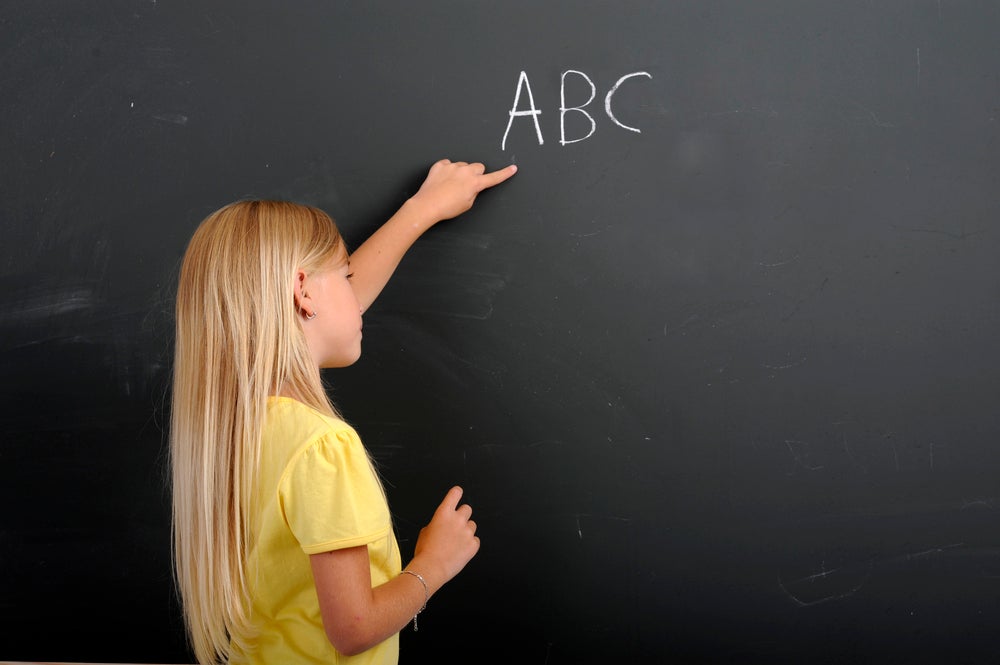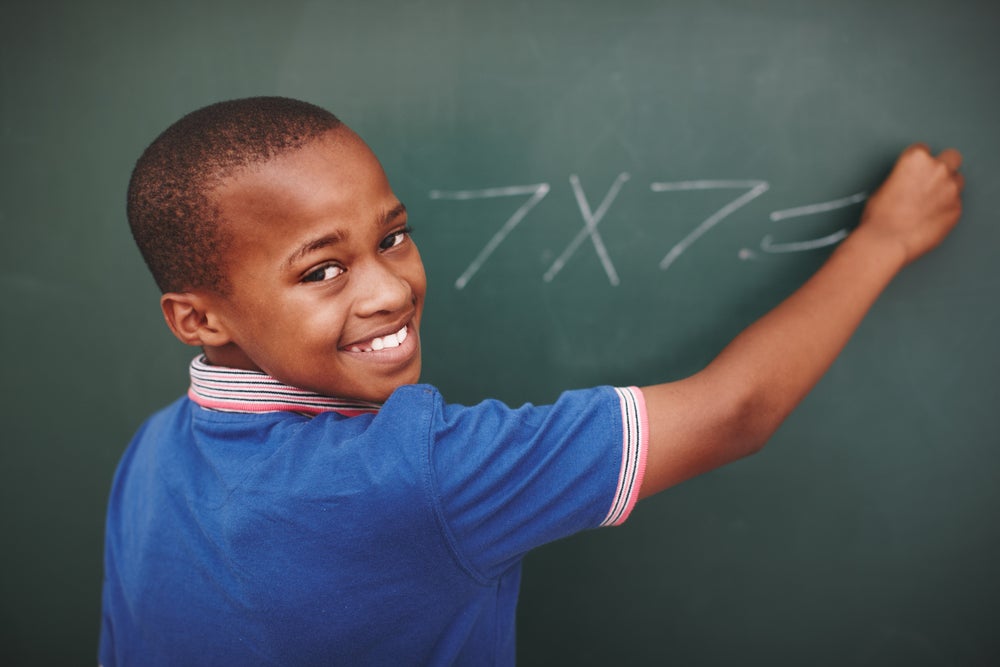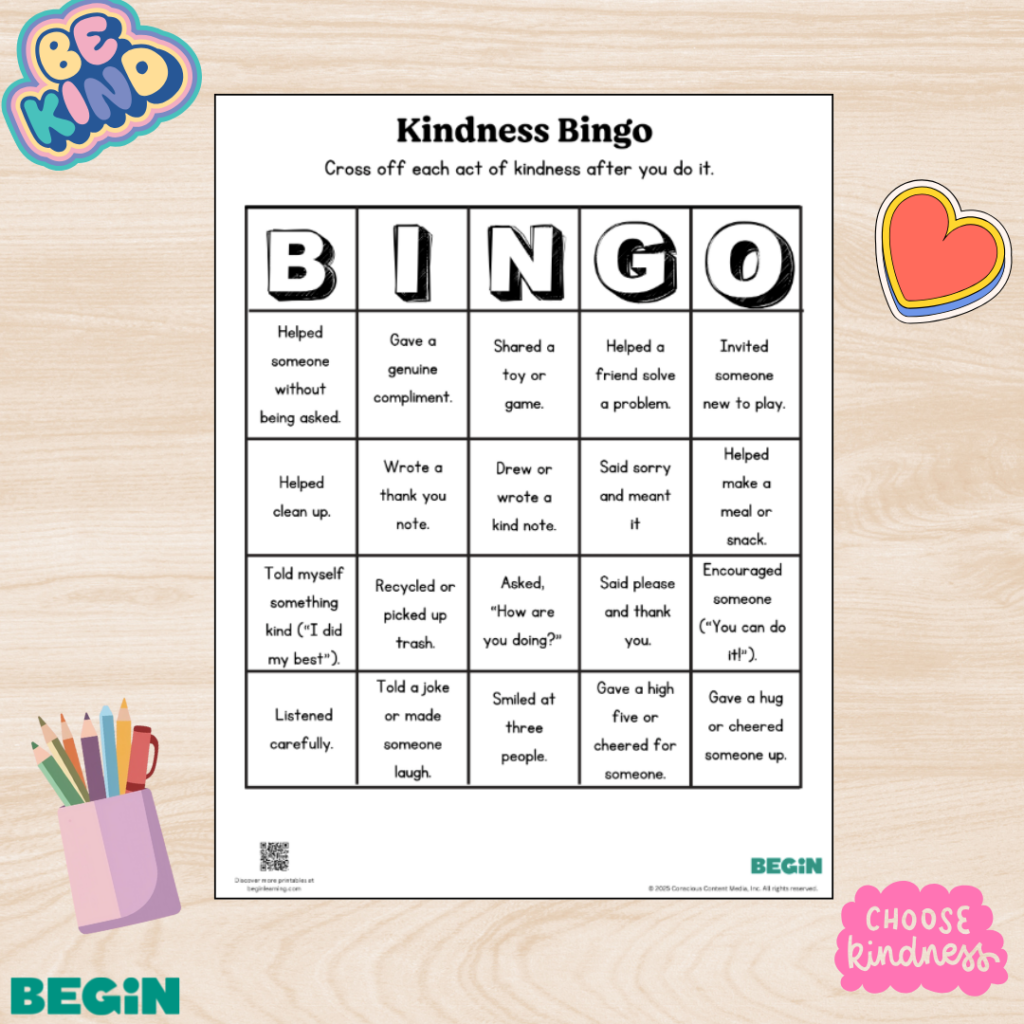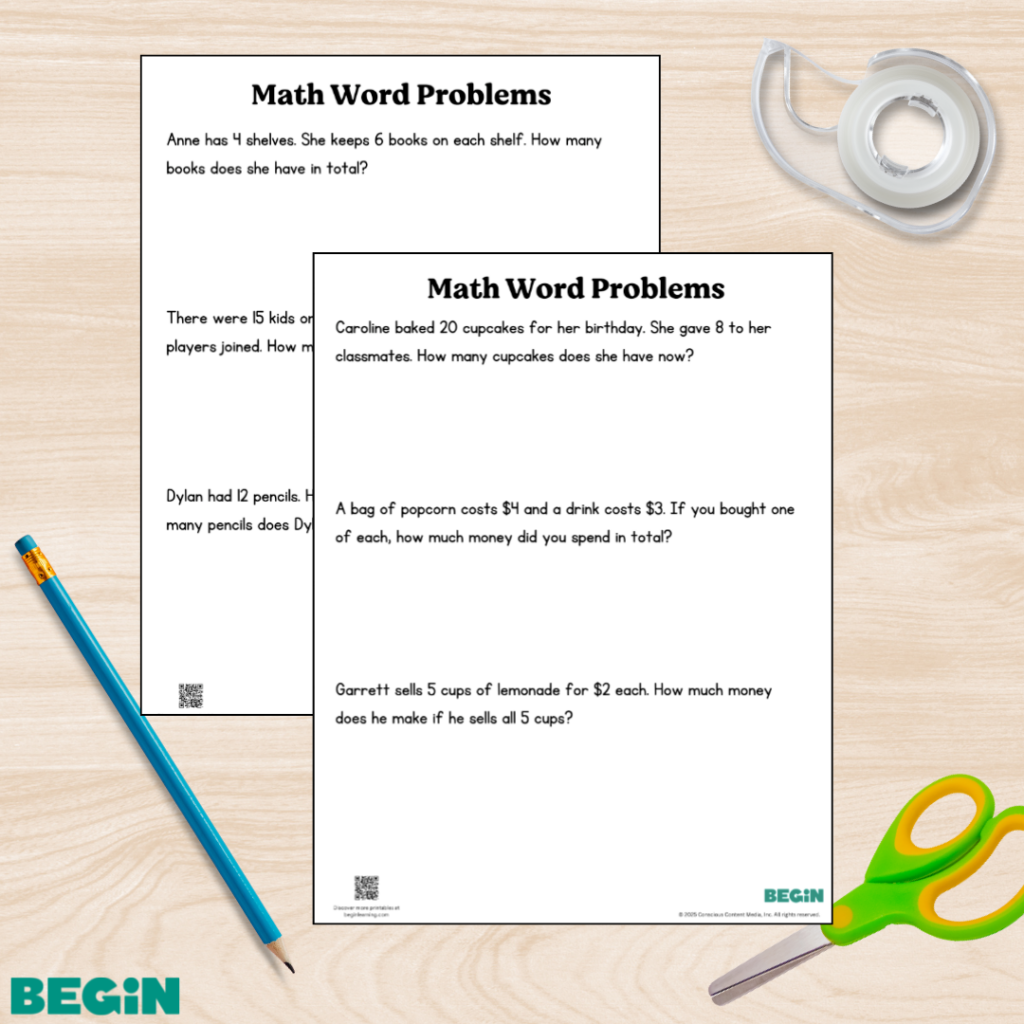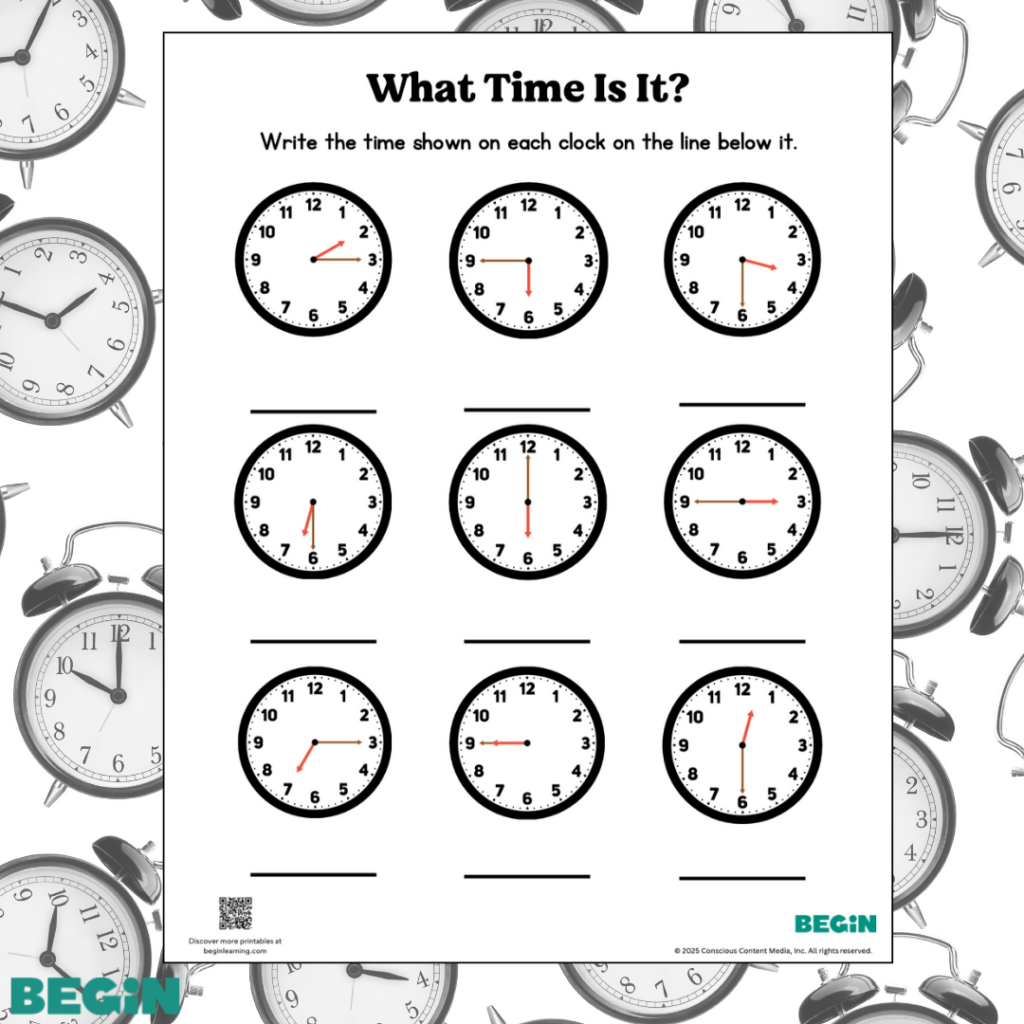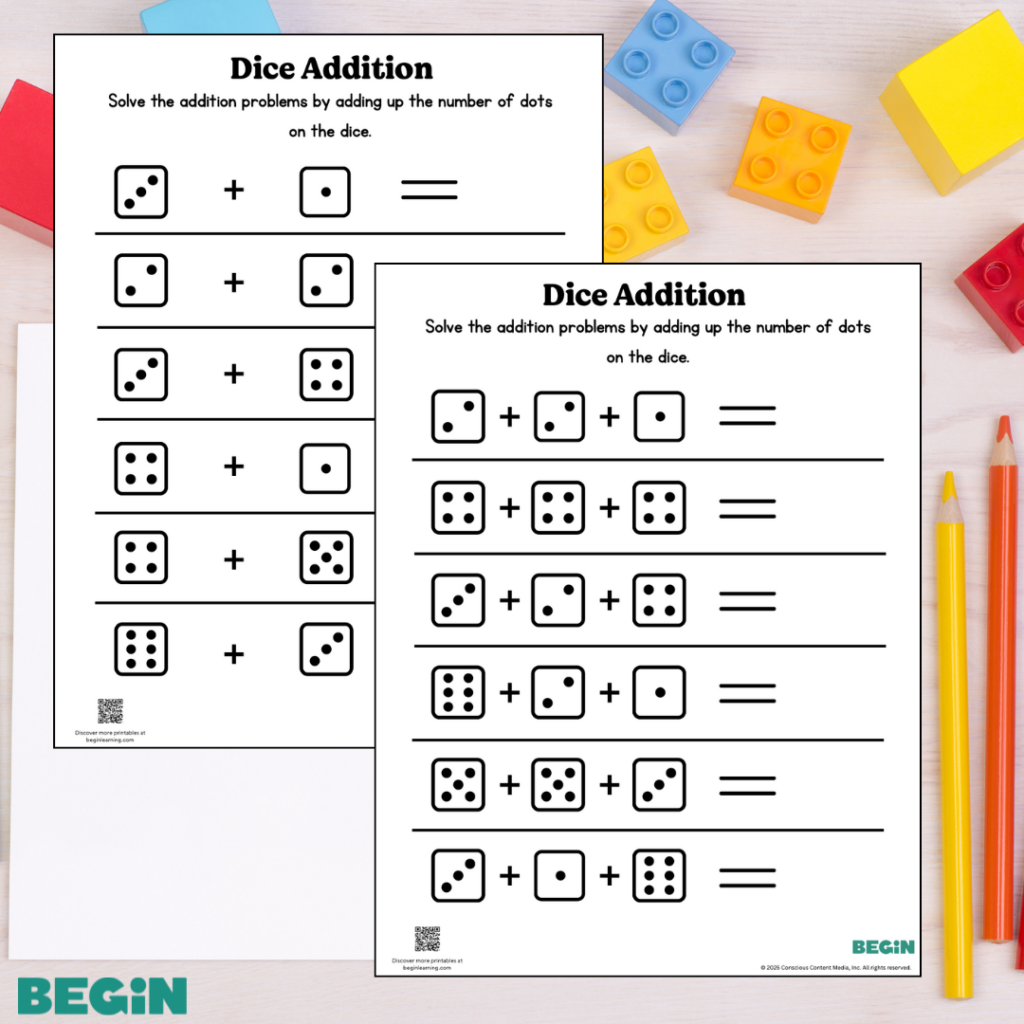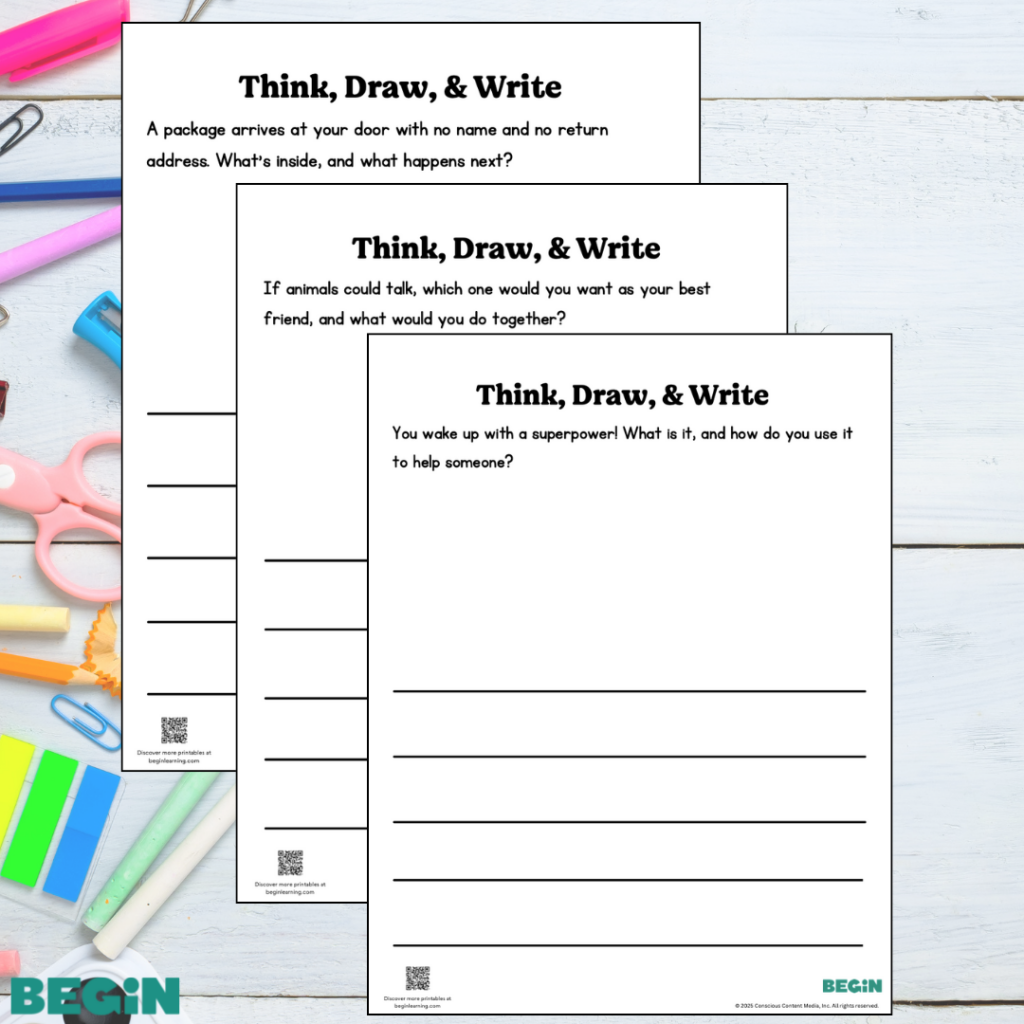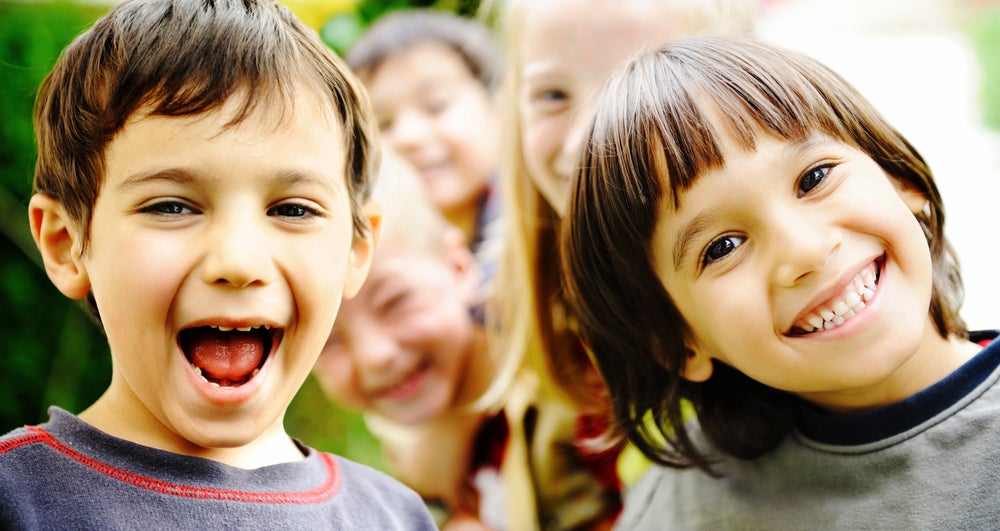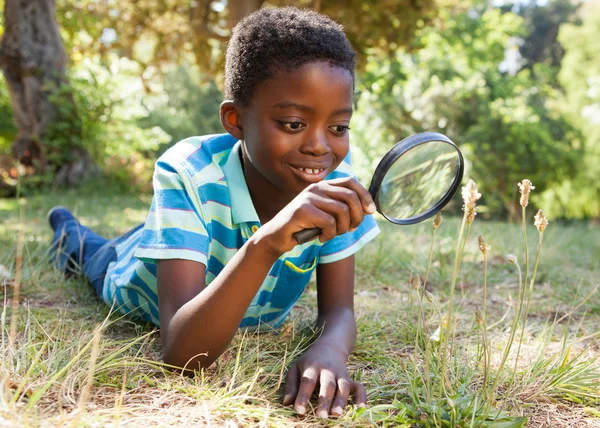Showing kindness means focusing your attention on another person, recognizing what they are feeling and what they need, and then offering them something. It’s giving your sister the last cookie in the jar. It’s playing a game because it’s your friend’s favorite. It’s taking the time to listen when your neighbor is sad.
Being kind isn’t always an easy skill to learn as a child (or as an adult!). It can be hard to shift your focus away from yourself and onto another person.
But teaching kindness to your kids early helps them develop a solid foundation for social-emotional health, strong relationships, and positive self-esteem.
The Short Cut
- Kindness is a cornerstone of Character, one of the 5 C’s that are part of the Begin Approach to helping kids thrive in school and life
- Babies as young as five months old show signs of compassion and empathy, but we need to nurture these traits to solidify them
- The earlier you can promote kindness in your child, the better
- Modeling kindness every day is one of the best ways to teach it
- A social-emotional learning program like Learn with Sesame Street can help kids build kindness and other essential Character skills
Why Is It Important to Teach Kindness?
Imagine your child feeling sad but not wanting to share it with anyone else. Or feeling hurt but scared to say anything about it. Keeping emotions locked inside feels lonely. It creates a sense of “I’m the only one.”
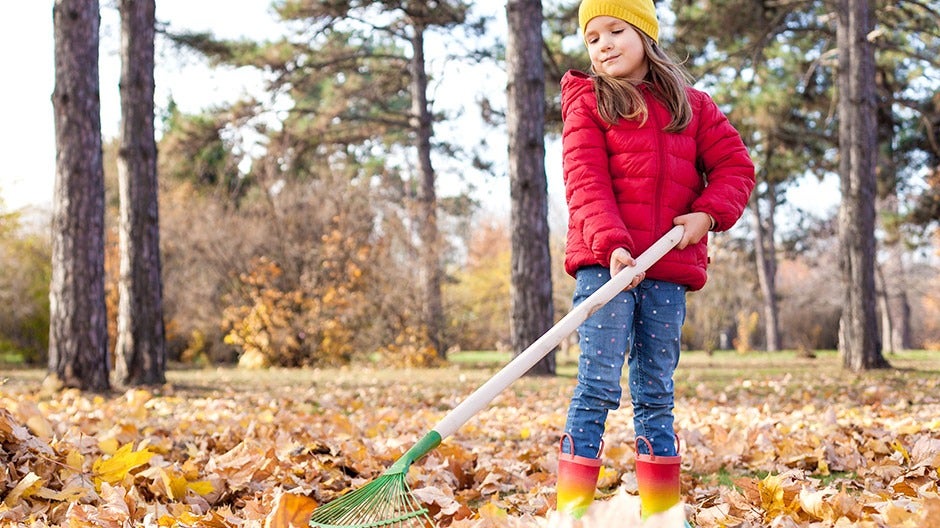
Kindness helps build connections between people so we all feel less alone. When someone offers kindness, they’re saying, “No, you’re not the only one.”
They’re creating an inclusive environment, which fosters social engagement, empathy, and a sense of community.
Receiving kindness makes that sad or hurt child feel safe and seen. And the child offering kindness benefits too!
Being kind reduces anxiety and stress and increases “feel-good” hormones like oxytocin, endorphins, and serotonin.
Even witnessing someone being kind produces the same results!
Babies Are Primed for Kindness
The capacity for kindness is built into kids. If babies feel nurtured and have their needs met, they can show compassion for someone who is bullied when they’re only five months old. And at fourteen months old, they’re even willing to help a stranger who has dropped something by picking it up for them.
But nurturing kindness and compassion is critical in developing these early social-emotional skills.
Engaging in activities that promote kindness is much more effective than talking about it, and the more you create routines with your child that put kindness into practice, the easier it will be to make it organic in your child’s life.
5 Ways to Nurture Kindness and Empathy in Kids
1. Make an Acts of Kindness Scavenger Hunt
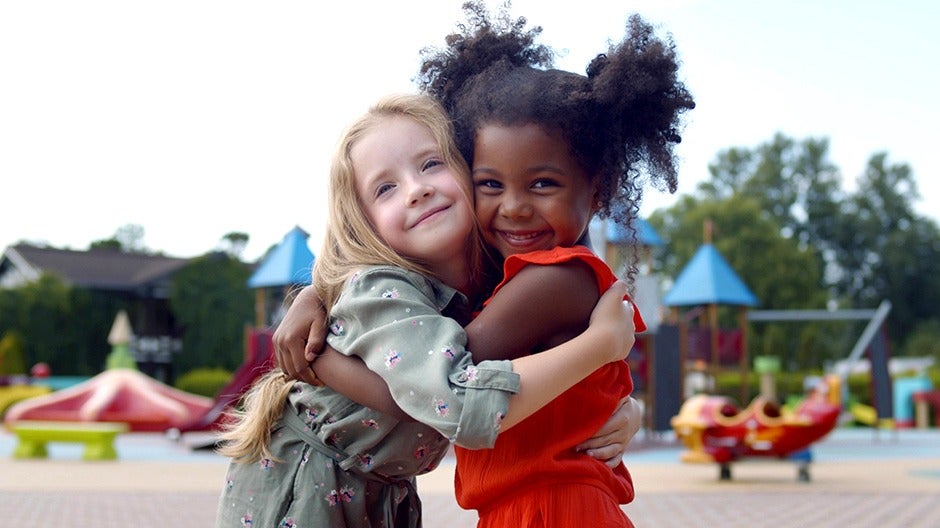
A kindness scavenger hunt gives kids a fun way to practice thinking about other people and making them feel good.
Create a list of actions for kids to complete, then pair the kids up or create a few teams and send them off to spread kindness!
This is a great activity for a classroom full of students or a birthday party. It also makes a fun weekend-long adventure for your family!
Good scavenger hunt items include:
- Sharing with someone
- Giving someone a hug (if they want one)
- Drawing a picture for someone
- Making someone smile
- Making someone laugh
- Holding open a door
- Carrying something for someone
- Leaving a friendly or loving note on someone’s desk
- Reading to a younger sibling
After the scavenger hunt is over, talk about what actions were your kids’ favorites and ask them to share some of the ways people reacted to their acts of kindness.
This conversation can help you reinforce feelings connected to kindness and generosity.
2. Create a Compliment Board
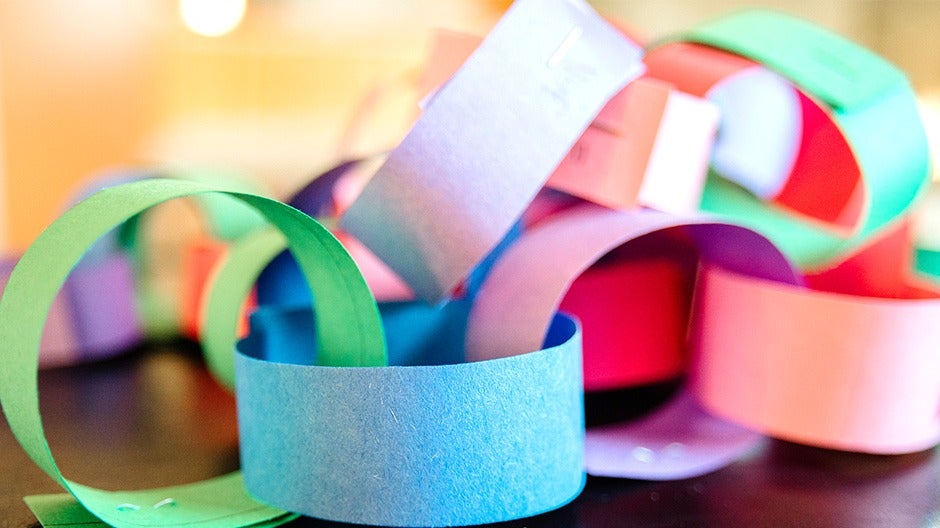
Making kindness an everyday ritual in your home or classroom is easier if you create a tangible focus for it like a compliment board.
Put a big piece of paper up on a central wall in your classroom or home and encourage your kids to add notes or drawings of positive attributes they see in others or acts of kindness they see others do.
It often helps to model it for them so they understand the wide range of choices they have.
For example, if you see a child pick up a toy that another child dropped, you could write JAXSON IS HELPFUL on a piece of paper and add it to the board.
Or if you see your child petting your dog gently, you could draw a picture of the scene.
This activity helps your kids notice simple ways to show kindness so they can grow the skill. Make a point of not only talking about the gestures of kindness, but also the child noticing them.
Learning to see positive actions ignites a curiosity and passion for creating them too. Once you get started with the board, brainstorm imaginative ways your kids can increase their kindness capacity.
Keeping visual examples of ways they exhibit kindness strengthens the kindness muscle too.
Fun Variations on a Compliment Board
- Leave out a bowl with a stack of paper and pens or markers next to it. Encourage your kids to write or draw at least one example of kindness they see each day and place it in the bowl. Then you can make a ritual out of pulling the papers from the bowl and talking about them at the end of the day or week.
- Make a kindness box by decorating a shoebox to hold the notes kids make.
- Collect rocks from your neighborhood or shells from the beach, paint words of kindness on them, and then give them back to your community by leaving them in places for people to find. These secret acts of kindness create fun and mystery, plus they emphasize that you don’t need to receive attention every time you do something kind.
- Build a kindness tree out of cardboard or make a tree mural on your wall. Cut out leaves and urge your kids to write or draw kindnesses on the leaves and add them to the branches of the tree.
- Create a paper chain of words of kindness to hang around a room.
- Engage in a compliment circle every day. Have everyone sit in a circle (or around a table) and offer one compliment to someone else. (Just make sure you keep track of who is complimented so no one is left out!)
3. Identify Kindness and Empathy in Books
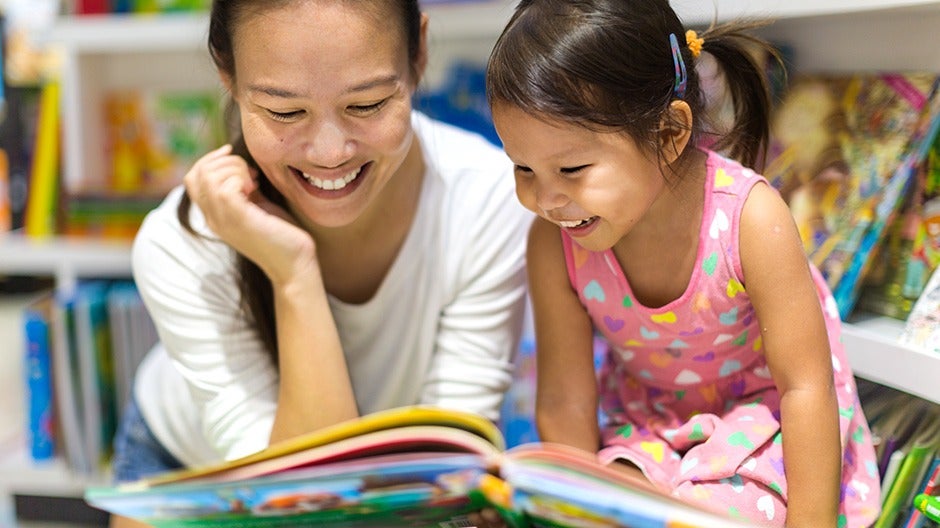
Reading creates a safe space for kids to vicariously experience kindness and other social-emotional skills. As you read together, you can ask your child what they think the characters in the book are feeling. Then you can discuss how they know.
Can they point out clues in the illustrations that give them information? Can they relate to things the characters are going through? Can they identify familiar emotions? And can they imagine why the characters are feeling scared or hurt or sad?
Through a combination of reading and discussion, you can help build a vocabulary and understanding of kindness. A few of our favorite kindness books include:
- Last Stop on Market Street by Matt de la Peña and Christian Robinson
- Let’s Be Kind by Ekaterina Trukhan and Amy Pixon
- A Good Deed Can Grow by Jennifer Chambliss Bertman and Holly Hatam
- How Can We Be Kind by Janet Halfmann and Darla Okada
- The Kindest Red by Ibtihaj Muhammad and S.K. Ali and Hatem Aly
- Speak Up by Miranda Paul and Ebony Glenn
These books can be read again and again, and they’re wonderful springboards for make-believe play.
4. Perform Acts of Kindness
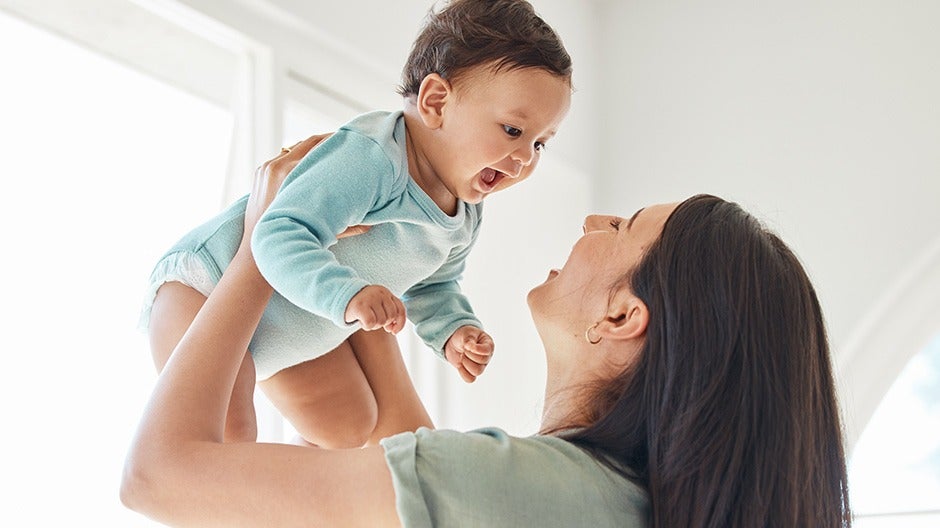
Set an example of kindness. Set lots of them! These can be small moments in your day-to-day life, like thanking the mail carrier or picking up keys that your neighbor drops as they hurry down the street.
Your kids are watching you all the time, so you’ve got countless opportunities to model caring, compassion, and kindness. Your kids will not only imitate your actions toward others, but will learn to turn that empathy toward themselves too.
It can be especially helpful to sandwich your acts of kindness with conversation. As you watch the mail carrier approach your home, you can say, “That’s got to be a hard job, don’t you think? Carrying that bag of mail every single day?” And after they hand you the mail and you thank them, you can say, “I bet that made her feel good when I said ‘Thank you.’ And it felt good to me too!”
Preparing your child to pay attention and then processing the event with them afterward builds a strong memory of the experience that they can retrieve when they find themselves in a similar situation.
The amazing thing about these “drive-by” moments of kindness is that they add up. It becomes easier and easier for your child to notice when someone needs a dose of kindness, and it becomes more natural for them to offer it.
Building Bigger Acts of Kindness
You can also plan larger activities focused on teaching kindness, such as:
- Volunteering at a shelter, sports event, charity event, or animal rescue.
- Writing a letter together. Maybe your child has a special connection to one of your neighbors or a favorite teacher or librarian. Help your child let that person know how much they mean to them by capturing those feelings in words.
- Helping out in your neighborhood. You can rake your neighbor’s lawn, bake them cookies, or take care of their cat while they’re away.
5. Pay Kindness Forward
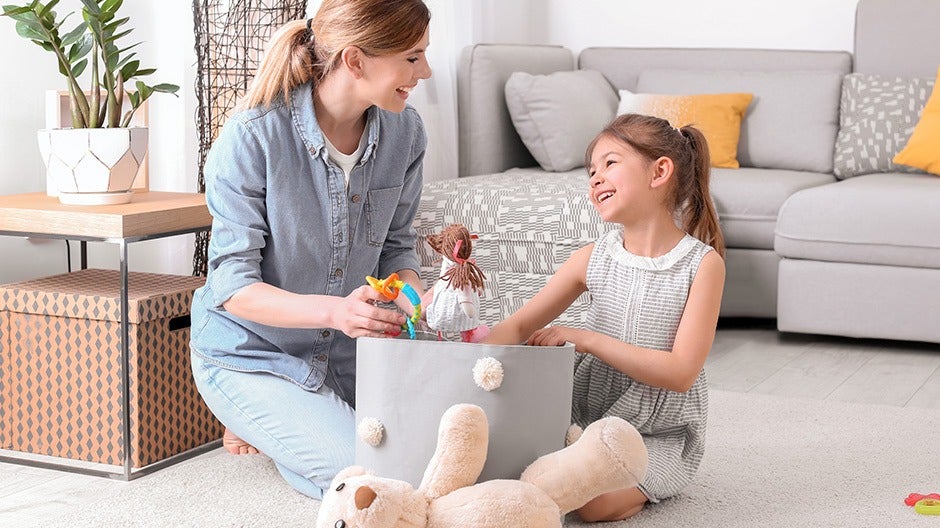
When you pay kindness forward, you respond to a kindness offered to you by offering kindness to someone else. If that person does the same, it creates a domino effect of positivity and connection.
These gestures can be varied. If a teacher pays a student a compliment, maybe the student helps a friend clean up a game, the friend makes a snack for their younger sibling at home, and the younger sibling gives a hug to a parent!
Paying it forward can be a powerful way to cultivate healthy and supportive family values.
Thinking about paying it forward as a way to make the world a more supportive and kind place opens your child’s eyes to the ways we are all part of the same world, feeling the same emotions, and deserving of kindness.
Learning about Kindness with Begin
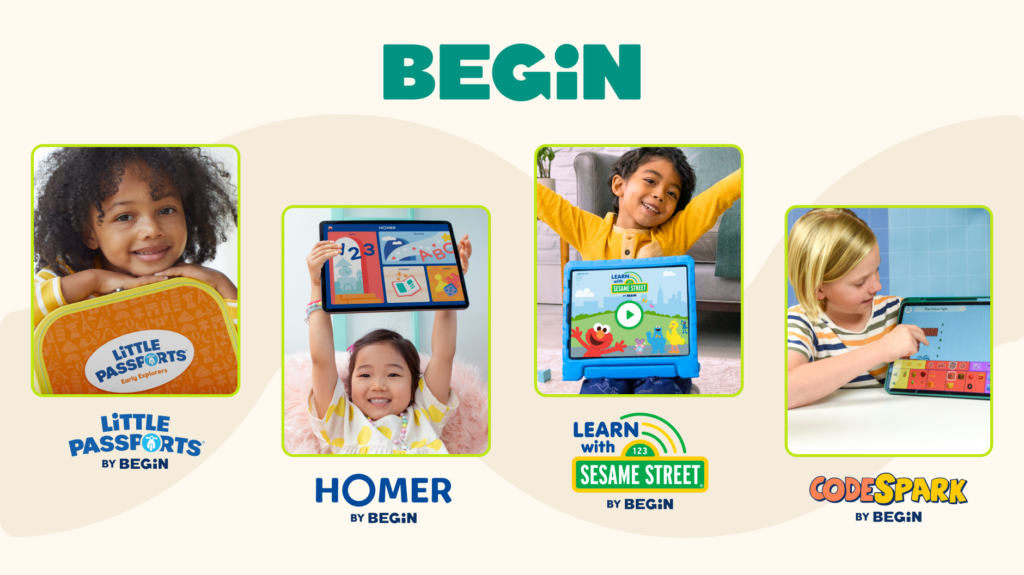
At Begin, we know how important kindness and other Character skills are to helping kids thrive.
Our Learn with Sesame Street social-emotional learning program gives kids access to engaging Character-building content created by Begin and Sesame Workshop.
It includes an app filled with kid-safe, ad-free, replayable games, plus classes for your kids and a Grown-Up Guide for you. Check it out today!
